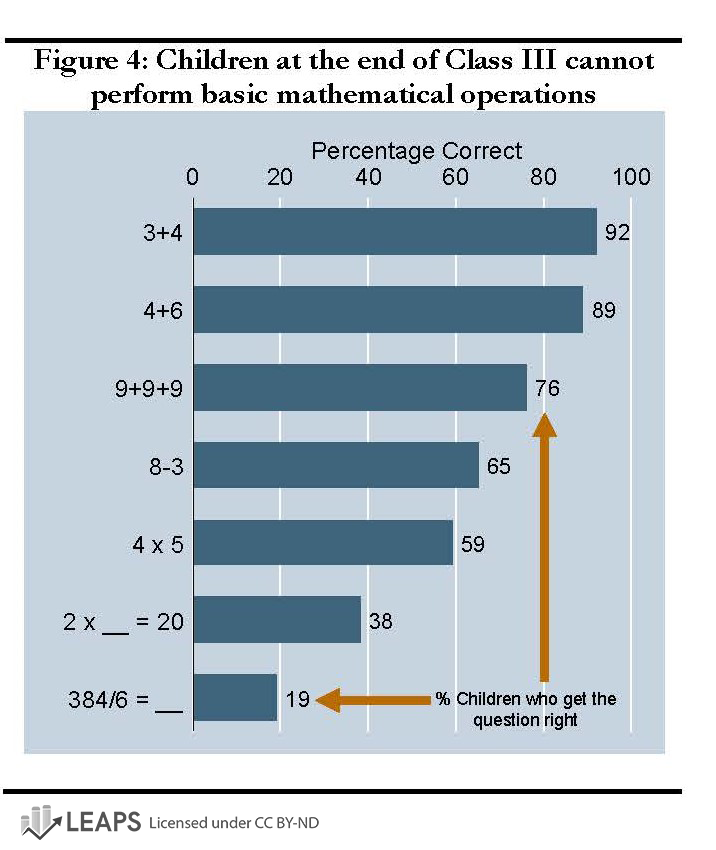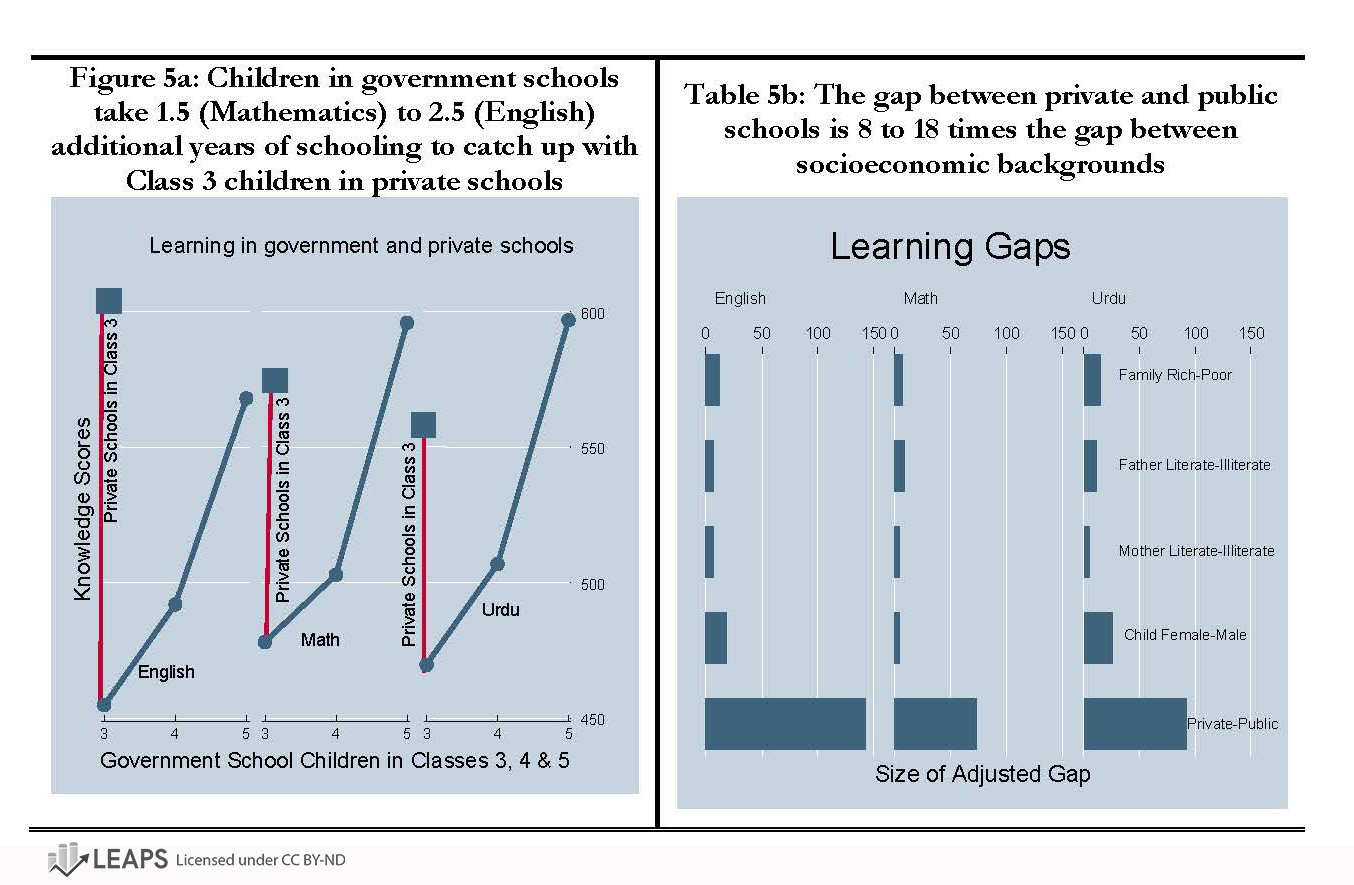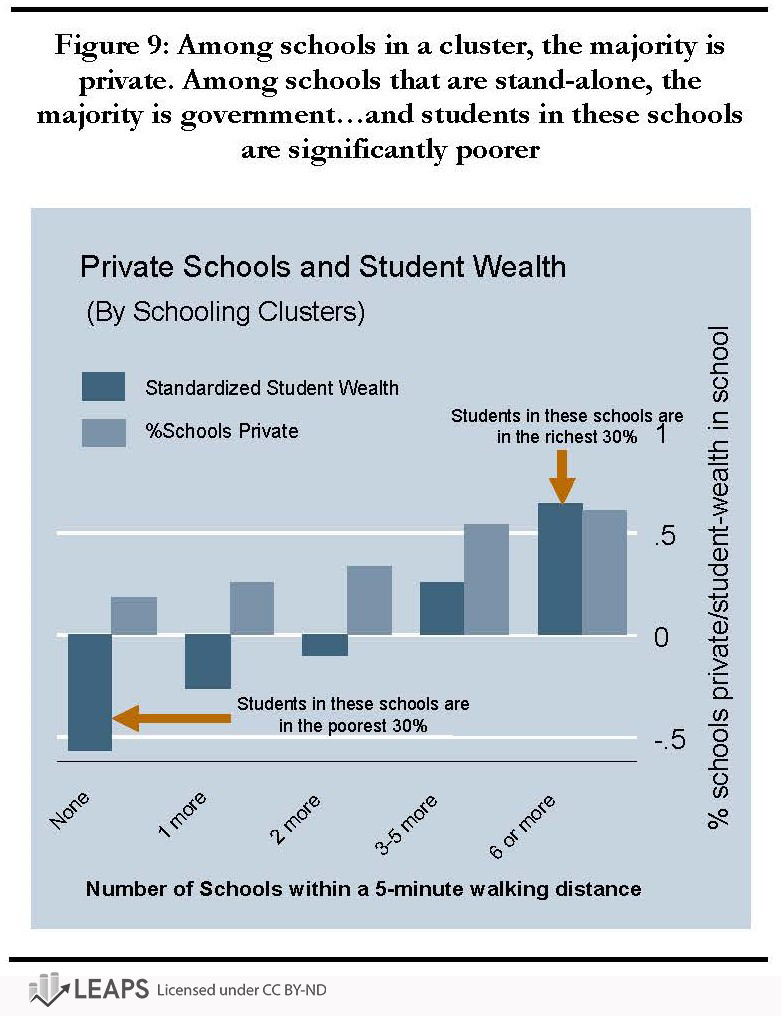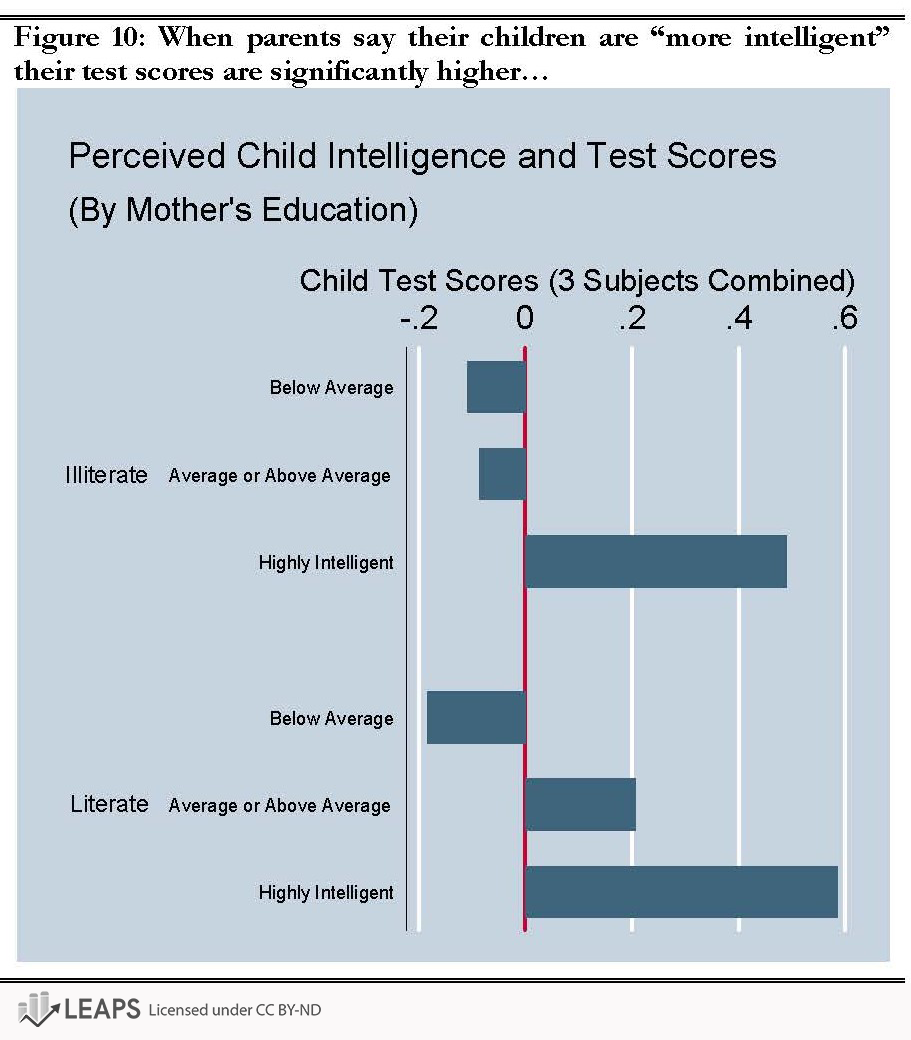Summary: The Learning and Educational Achievements in Punjab Schools (LEAPS) Program was launched in 2003 as an unprecedented exercise to inform the education debate in Pakistan. This report, titled Insights to Inform the Education Policy Debate, was published in 2008 as the first large scale study on Pakistan’s learning crisis. The report is the result of data collection from 112 villages throughout Punjab, collecting data on 850 schools, 12,000 children, 5,500 teachers, and 800 head-teachers.
Tahir Andrabi
Jishnu Das
Asim Khwaja
Tara Vishwanath
Tristan Zajonc
Learning and Educational Achievements in Punjab Schools (LEAPS) Report: Insights to inform the education policy debate
Citation: Andrabi, Tahir, Jishnu Das, Asim I. Khwaja, Tara Vishwanathan, and Tristan Zajonc. 2007. “Learning and Educational Achievements in Punjab Schools (LEAPS): Insights to Inform the Education Policy Debate.” Harvard University.
This report shares the findings of the first round of the Learning and Educational Achievement in Punjab Schools (LEAPS) survey carried out in all public and private schools offering primary-level education in 112 villages of the province of Punjab, Pakistan. The survey includes learning outcomes for 12,000 children in Class III in Urdu, English and Mathematics together with detailed information on the beliefs and behavior of schools, teachers and parents. This large and independent exercise provides critical information on every aspect of the educational marketplace, including performance of all types of schools in select districts of the province.
The study shows that Pakistan has a well-defined education marketplace in both rural and urban areas at the primary level, with actively engaged players on both sides of the market. The “education story” in Pakistan is the rise of an active and competitive educational marketplace where self-owned, for-profit private schools offering secular education provide parents with an option separate to government schools for investing in their child’s education.
Study Design and Findings
The number of private schools in Pakistan has grown dramatically
The number of self-owned, for-profit, low-cost private schools has increased dramatically since the 1990s. Between 2000 and 2005, the number of private schools increased from 32,000 to 47,000. By 2005, one out of every three enrolled children was studying in a private school. The average rural private school is affordable – data from the Pakistan Integrated Household Survey (PHIS 2001) shows that 18 percent of the poorest third sent their children to private schools in villages where they existed. Private schools are generally clustered together geographically – resulting in low private school profits, but lower student-teacher ratios and significantly better facilities than the typical government school.
However, Pakistan is still facing a severe learning crisis
The LEAPS survey results shed light on Pakistan’s learning crisis, showing that children perform significantly below curricular standards for common subjects and concepts at their grade-level. By the end of Class III, just over 50 percent of children have mastered the mathematics curriculum for Class I. In Urdu, they cannot form a sentence with the word “school” or the word “beautiful” and less than 20 percent are able to comprehend a simple paragraph. Learning outcomes are similarly poor in both poor and rich villages. However, variation in learning is explained by differences across schools in the same village – particularly due to differences across public and private schools. Children in private schools score significantly higher than those in government schools, even if they are from the same village.
These findings can help enable the government to improve the education sector
The findings of the LEAPS report suggest that the benefits to child learning of increased accountability and effort for teachers greatly trump those due to marginal increases in teacher educational qualifications. In fact, a policy to raise the minimum education standard for primary school teachers may in fact cause problems in areas with limited teacher availability, as absenteeism increases when teachers are not local hires. Going forward, the government can instead play a role in further increasing access to schooling, particularly in areas with availability is still a concern; and work to improve quality in government sector schools through performance-based incentives and retaining high-quality teachers.
The LEAPS report highlights how the dramatic changes in Pakistan’s education sector over the past two decades present both opportunities and challenges for national education policy. While enrollment has increased, the focus should now be on the quality of learning that children are receiving in schools. The findings of the LEAPS surveys shed light on the relative strengths and weaknesses of private and government schooling, suggesting that the government should be ideally be viewed as complementary to the private sector, as opposed to in competition with it. The government should optimally take the role of a provider of information on the quality of schools to allow households to make informed decisions, an actor correcting imbalances arising from unequal access to private schools, and an innovator willing to experiment with out-of-the-box reform strategies. However, moving from such proposals to operational feasibility requires further debate, discussion, and research.
Study Resources
The following resources are for public use in presentations, papers, lectures, and more under the Creative Commons license BY-ND. Click the images below to view or download individual images, or use the button to download all.
As a condition of use, please cite as: Andrabi, Tahir, Jishnu Das, Asim I. Khwaja, Tara Vishwanathan, and Tristan Zajonc. 2007. “Learning and Educational Achievements in Punjab Schools (LEAPS): Insights to Inform the Education Policy Debate.” Harvard University.
Even the poorest households pay for schooling
Availability of schools in LEAPS villages
What 3rd grade children know in Mathematics
Learning gaps by various demographics and school type
Teacher wage differences by school type
Patterns in private school availability
Perceived child intelligence and test scores
Teacher qualifications and child test scores
Parental opinions on schooling priorities

















